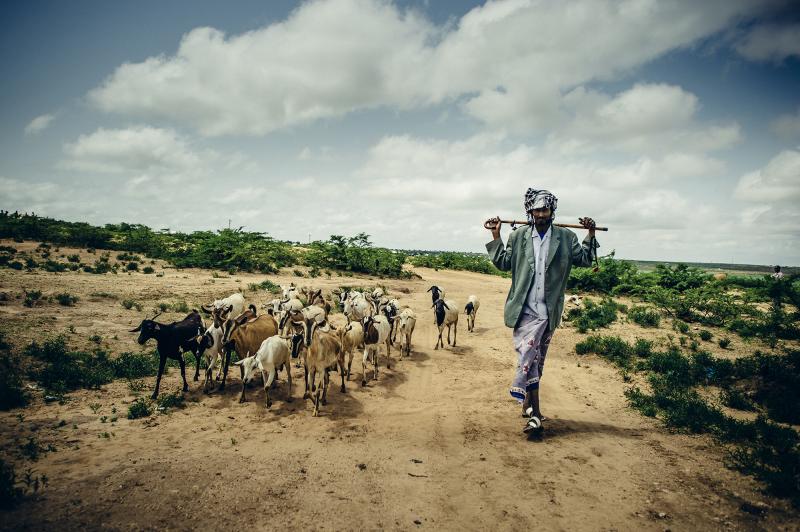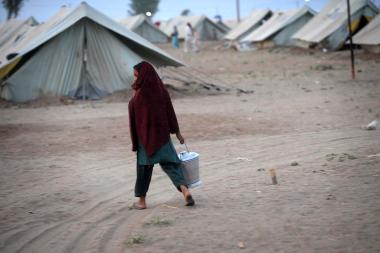Ten ways to reduce disaster risk in conflicts and recurring crises
This brief suggests how to think differently about DRR in conflicts, rather than how to implement it, and draws on evidence that it is necessary and possible even in conflicts and recurring crises.
Disaster risk reduction (DRR) has taken a back seat in the last decade and a half, as other agendas have raced forward – resilience, climate change adaptation and anticipatory action – the last of these particularly in conflicts and recurrent crises where the humanitarian sector is particularly dominant. More recently, recognition has been growing on how conflict amplifies vulnerability to natural hazards, and of the need to invest and deliver DRR in conflicts and recurring crises.
This policy brief synthesises SPARC’s learning related to DRR in conflicts and recurrent crises. It does not offer a comprehensive analysis of all work on this topic but rather a contribution to ongoing debates. We looked at all SPARC publications and distil all the findings and recommendations relevant to DRR in conflicts and recurring crises.
Findings
In conflicts and recurring crises, humanitarian assistance and post-disaster recovery tend to be prioritised over DRR efforts. Despite some of the challenges of working in these difficult places, SPARC research has found that DRR is already happening: it is being done locally, often without external support, and usually without the DRR label.
Because so many people are living ‘on the edge’ in conflicts and recurring crises, anything that provides them with more options and more agency makes them better able to cope and thus reduces their risks from disasters. People will make different decisions based on their different abilities, resources, status, risk appetite and the trade-offs involved in action.
Policy implications
- International assistance has focused on humanitarian support in conflicts and recurring crises, and DRR has been neglected. DRR should be a much higher priority, and it should be understood widely. Whatever gives people more options to cope reduces their risks from disasters, even if it does not carry a DRR label.
- People facing risks of crises are already doing what they can to reduce those risks. The starting point for DRR should be to identify and support what they are trying to do for themselves.
- Supporting people’s own actions locally means working incrementally, and with informality and diversity. It is not possible by requiring them to follow national blueprints, whether for technical solutions or ways of working collectively.
- Disasters are never entirely natural events. People are affected according to their power or marginalisation. DRR can therefore never be entirely technical. Where there is conflict, all DRR must be conflict-sensitive and informed by an understanding of inequalities and power dynamics.
- People’s resilience depends greatly on social organisation and how institutions treat them. Building a social infrastructure that supports people in the face of shocks is as integral to DRR as is making physical constructions more resistant to shocks.



